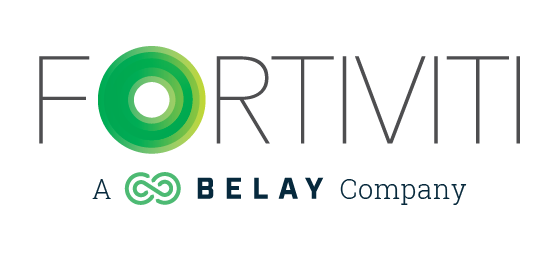 Running a business is a bit like maintaining good health. Just like you need regular check-ups with your doctor, your business needs periodic assessments, too. There are a lot of considerations when evaluating your business health, but here are 4 quick assessments you can do to see if you’re on track: examine your profit margins, review expenses, ensure federal reporting and tax compliance, and keep an eye on employee retention.
Running a business is a bit like maintaining good health. Just like you need regular check-ups with your doctor, your business needs periodic assessments, too. There are a lot of considerations when evaluating your business health, but here are 4 quick assessments you can do to see if you’re on track: examine your profit margins, review expenses, ensure federal reporting and tax compliance, and keep an eye on employee retention.
‘1. Healthy Profit Margins
Profit margins are a key indicator of your business’s financial health. You find your gross profit margin by taking your revenue minus the direct costs of your product or service. So, if you sell clothing, you would take the price that you sell an item for, minus the cost you purchased that item for and that’s how you get to your profit margin. Typically, you want to review your profit margins as a percentage, so that you can compare to others in your industry, regardless of your market or size. To see how well your business is doing, compare your profit numbers to those of similar businesses. If your profit margins are in line or higher, that’s a good sign that your business is running well. However, if they’re lower, you’ll want to dig deeper. Check things like how much you charge, what it costs to make your products, your purchase volumes, and discounts. You find your net profit margins by taking your revenue minus all expenses (cost of goods sold and regular operating expenses). To improve your net profit margin, you might need to make your operations smoother, cut costs, or change your pricing. Keeping an eye on your profit margin regularly can help you make business changes that will improve the overall health of your business for the long-term.
‘2. Managing Expenses
Keeping a close eye on expenses is crucial for maintaining a healthy business. Start by reviewing your income statement and identifying areas where costs can be cut or optimized. Are there subscriptions you no longer use or services you can renegotiate? Small changes can lead to significant savings over time. Categorize expenses into fixed and variable costs. Variable costs are those costs that are going to fluctuate up and down with the growth or reduction in your business. Fixed costs are those costs that remain fixed, regardless of your revenue or growth. For example, rent expense is fixed, while payroll costs are variable. While fixed costs are harder to change, variable costs like supplies or utilities can often be adjusted. Implementing a budget can also help highlight where you might be overspending. Monitoring expenses not only improves profitability but also enhances cash flow management, allowing you to allocate resources more effectively.
‘3. Federal Reporting and Tax Compliance
Staying compliant with federal reporting and tax obligations is essential for any business. Non-compliance can lead to penalties and legal issues, which can be costly and damaging to your business. Ensure that all federal tax forms are filed accurately and on time. This includes income tax returns, payroll taxes, and any specific industry-related filings. It is also important to keep accurate records of all financial transactions to support your filings. Using accounting software can streamline this process by organizing and storing financial data. If managing compliance feels overwhelming, there are many resources you can explore, like outsourcing your payroll or outsourcing your full financial function.
‘4. Employee Retention
Your employees are the backbone of your business and high employee turnover can be a red flag for underlying issues. Retaining employees is crucial for maintaining productivity and reducing recruitment costs. Start by evaluating employee satisfaction through surveys or one-on-one meetings. Understanding employee concerns and addressing them can lead to a more engaged workforce. Offering competitive salaries, benefits, and opportunities for professional development can improve retention, but remember, money is not everything. Fostering a positive work environment where employees feel valued and recognized for their contributions can significantly impact their decision to stay. Regularly checking in with your team and creating a culture of open communication can help you catch potential issues early and build a strong, committed workforce.
Businesses are complex and it can often be hard to assess whether you’re running a healthy business. By focusing on these four areas—profit margins, expenses, compliance, and employee retention—you can perform a quick assessment of your business health and then implement changes for improvement if needed.
Written by: Haylie Ridenhour & Shauna Huntington
Posted in General, Small Business Accounting, Small Business Resources
